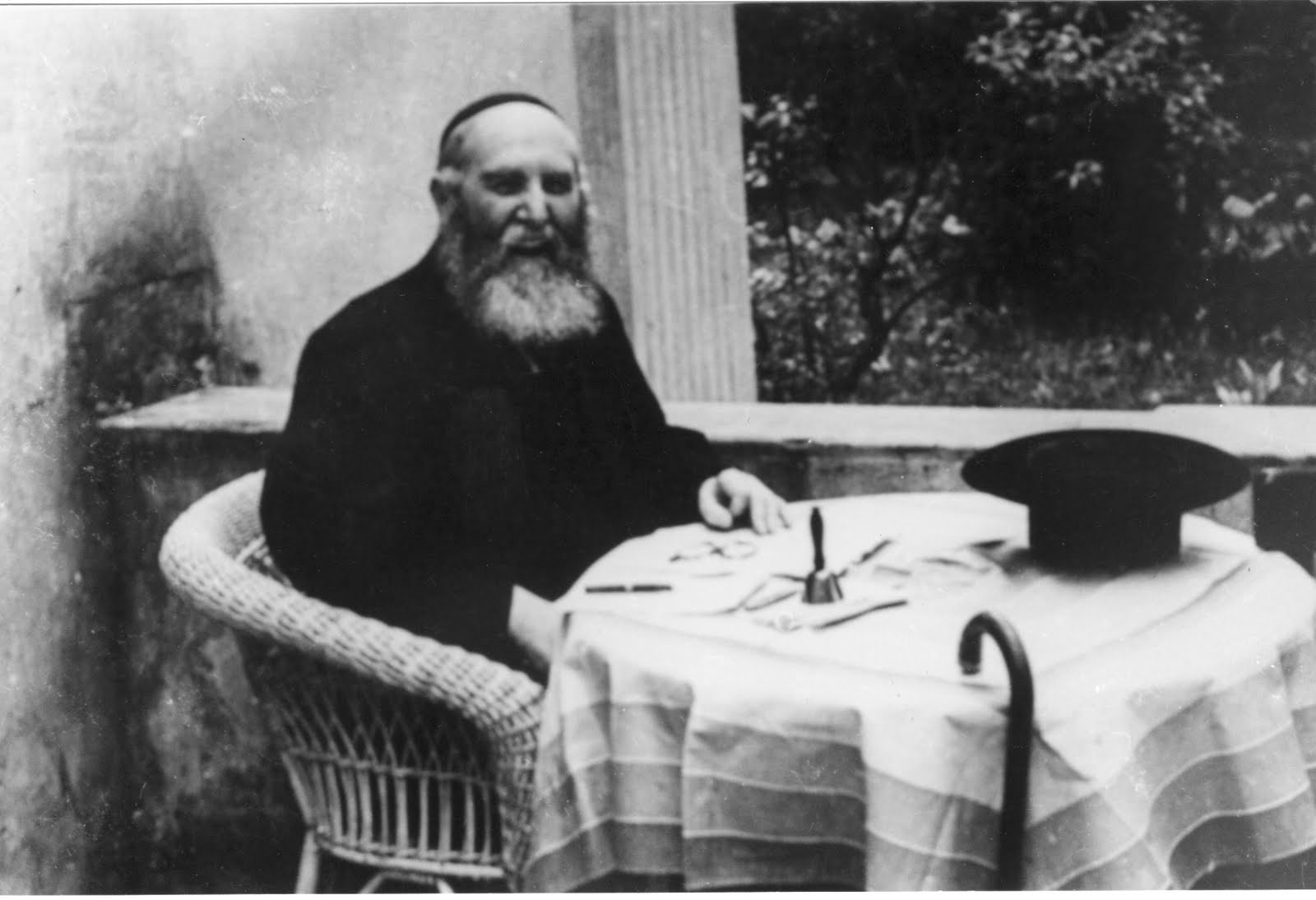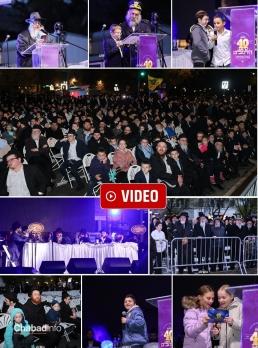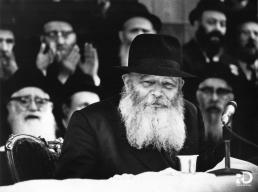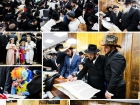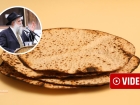‘Haaretz’ Describing the Chag HaGeulah
On July 13, 1927, Rabbi Yosef Yitzchak Schneersohn, the sixth Lubavitcher Rebbe, who just weeks earlier had been sentenced to death for “counter-revolutionary activity” in Soviet Russia, was released from custody and permitted to return to his community and family • Full Story
On July 13, 1927, Rabbi Yosef Yitzchak Schneersohn, the sixth Lubavitcher Rebbe, who just weeks earlier had been sentenced to death for “counter-revolutionary activity” in Soviet Russia, was released from custody and permitted to return to his community and family.
A little less than three weeks earlier, the Rebbe had been arrested, charged with and convicted of “counter-revolutionary activity.” The day of his release is still marked as one of celebration, nearly a century later.
Yosef Schneersohn was born on June 21, 1880, in the town of Lyubavichi, in what is today the Smolensk oblast of Russia. He was the only son of Sholom Dovber Schneersohn, the fifth rebbe, and his wife Shterna Sara Schneersohn, herself a granddaughter of the third rebbe, Menachem Mendel Schneersohn.
Yosef Yitzchak became the Rebbe upon the death of his father, in 1920.
How to destroy Jewish life
Schneersohn was known for his welfare work on behalf of Russia’s Jews, and especially for his efforts to keep Orthodox Judaism alive there after the Communist Revolution of 1917.
The Communists were opposed to all religions, in principle, and were deeply suspicious of Hasidic Judaism in particular. The party established a “Jewish affairs section,” the Yevsektizya, whose stated purpose was “destruction of traditional Jewish life, the Zionist movement, and Hebrew culture.” The Rebbe’s establishment of a chain of yeshivas had to be kept secret.
In one of his memoirs, the Rebbe recounts how, prior to his 1927 incarceration, he had already been arrested six times by the authorities – the first time in 1891, when he was only 11. In each case, he was released within hours or days of his arrest.
The seventh arrest, however, he writes, “is the most distinguished of them all.”
It came late at night on June 14, 1927. Following his regular nighttime audience with members of the public, at around midnight, just after the rebbe had sat down for dinner with his family, members of the GPU secret police came to his home, at 22 Machovaya Street, in Leningrad, to search it and to take him into custody.
The distinguished arrest
The agents were led by one Nachmanson, a Jew turned communist. Later he explained sardonically to a colleague how his parents had been childless, “and only after my father went to the Rebbe of Lubavitch did they give birth to a son — and that son is Nachmanson who stands before you.”
Nachmanson seemed committed to demonstrating his special contempt for the Rebbe, who underwent beatings during his imprisonment.
For his part, the Rebbe did not make matters any easier for his captors: He would consume only food brought from his home, he responded to questions in Yiddish, and in general seemed committed to making clear that the contempt was mutual.
The rebbe was taken away by the agents to Leningrad’s Bolshoy Dom prison, also called the Spalerka, where, after several days of questioning, he was informed that he had been sentenced to death.
Even before word got out of the sentence, Chabad followers and friends worldwide went into action, lobbying political and religious leaders in their countries to press the Soviets to release the rebbe. Entreaties came from several U.S. senators and from President Calvin Coolidge.
In the end, the pressure worked. On July 3, Schneersohn was informed that his sentence had been commuted to three years in internal exile, in the town of Kostrama, in eastern Russia. Nine days later, all the charges were dropped. He was permitted to return to Leningrad, a trip he set off on the next day, which is why the Hebrew dates corresponding to July 12-13, 1927 – Tammuz 12-13 – are both commemorated by members of Chabad.
After periods of residence in Riga, Latvia, and in Warsaw, Rabbi Schneersohn departed Europe for the United States after the start of World War II, in 1939.
It was in Brooklyn, in Crown Heights, where Chabad established its new nerve center, that Rabbi Yosef Yitzhak Schneersohn passed away, on January 28, 1950. He was followed as rebbe by the younger of his two sons-in-law, Menachem Mendel Schneerson.
221
Join ChabadInfo's News Roundup and alerts for the HOTTEST Chabad news and updates!










